Many car owners neglect tire rotation because it isn’t essential. Many consider it as just unnecessary and will consume their time. But is tire rotation necessary?
Tire rotation is essential to ensure that your tires run as efficiently and safely as possible. By rotating your tires, you can ensure the even wearing of their treads. You may also be required to rotate your tires to keep them under warranty.
If you do not rotate your tires, their treads will wear out unevenly. Your driving experience will not be smooth because your tires have uneven tread depths. This may also make your drives unsafe because of poor traction in snow and ice, hydroplaning when running on wet roads, increased risk of punctures, and tire rubber heat buildup.
Read on to learn the importance of tire rotation, why it is essential, and the usual tire rotation methods used.
Is Tire Rotation Necessary?
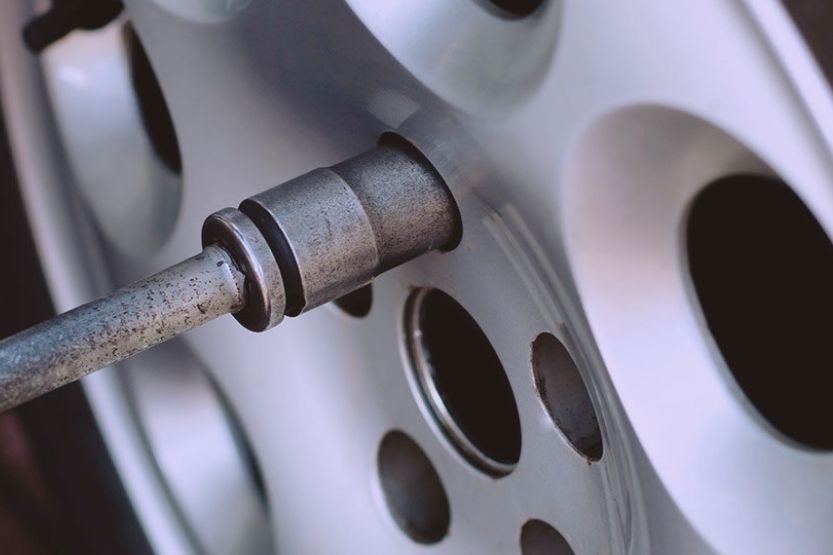
Tire rotation is a task that you need to perform conscientiously. It is essential to maintaining your tires’ integrity and road safety. Rotating your tires may also be required to keep them under warranty.
If you don’t rotate your tires, they will wear out unevenly. When the treads of your tires are uneven, your driving experience will be rough, and heat buildup in the rubber will get higher.
You will also experience poor traction in snow, an increased risk of blowouts and punctures, and hydroplaning on wet roads.
The value of tire rotation is that it will ensure that the depths of your tire treads will always wear out even while you are using them. It will not only make your tires safe to drive but will also make them last longer. It will also ensure that all your four wheels will work efficiently.
Why Do You Need to Rotate Your Tires?
We have touched on some reasons why you need to rotate your tires. To help you realize its importance, let’s discuss these reasons in detail:
1. Long-lasting Tires
Certain parts contact the road heavier than others, depending on where a particular tire is mounted in your car. That means that that part gets more stress and strain. Over time, this part of your tire wears down faster.
So, if you rotate your tires, that part will be relieved of the stress, and the stress will be borne out by the other tire that will replace it in its former position. Front tires are usually the ones that receive more stress than rear tires. So, if you switch their places, your tires will last longer.
2. Improved Performance
By rotating your tires, you will improve the functioning of your car’s suspension system. Your wheels are critical parts of your vehicle. They need to be in tip-top shape while you are driving because they are the ones that support the weight of your car while it is running.
3. Smoother Drive
When you switch the positions of your tires, you will experience a smoother ride. The reason is that your vehicle will be more balanced. If your tires wear unevenly, the worn-out parts will cause a slant on your ride, and you will feel the imbalance as your car runs.
However, if you rotate your tires correctly, there won’t be much imbalance in your tire depth wear. This will make your vehicle move smoothly because all the tires have even contact with the road.
You will feel the imbalance of your vehicle if there is vibration in the steering wheel, slanting of the car, and poor fuel economy. Once you begin to feel these symptoms, rotate your tires.
4. Reduced Stress on the Drivetrain
Rotating your tires will lessen the stress on your vehicle’s drivetrain, especially if it is a four x four. That means you can prevent these drive components from being damaged. So, not only will your tires last longer, but they will also extend the life of your vehicle’s drivetrain.
When Should You Rotate Your Tires?
Your car owner’s manual should contain instructions on when to rotate your tires. If you have lost your manual, you can still access the instructions through your dealer or the car manufacturer’s website. Your manual may also have some instructions on when not to rotate tires.
If you can’t get a copy of your manual, you can follow the rule of thumb regarding tire rotation. The general rule is to rotate your tires every 5,000 to 10,000 miles. Some car care websites like Edmunds.com suggest you do it every 3,000 to 5,000 miles.
Some car experts say you should do it whenever you want an oil change. Another concept that some people carry about tire rotation is to have it scheduled every six months. Whatever schedule is logical to you, the important thing is to schedule tire rotation regularly.
Again, is tire rotation necessary? The key to long-lasting tires is tire rotation. This service allows evenly distributed wear on your tires. As a result, you’ll buy fewer tires in the long run.
How Do I Rotate My Tires?
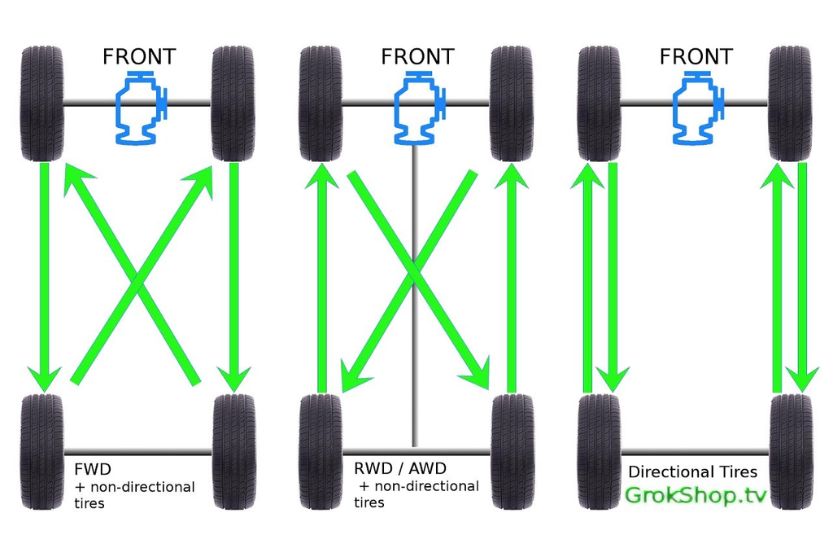
In tire rotation, car mechanics use different patterns of doing it. Here are some of the patterns they use:
1. X Pattern
The X Pattern method is mainly used today because most modern cars are front-wheel drives. This method is for front-wheel drives. In this pattern, you will switch the tires to their opposite sides diagonally.
So, you will switch the front right tire to the back left tire and the front left tire to the back right tire.
2. Forward Cross
The Forward Cross tire rotation method is also commonly used for front-wheel drive vehicles. In this method, you will switch the front wheel tires directly to the back rear tires, but you have to switch the rear tires diagonally to the opposite front tires.
So, what will happen is you will put the front left tire directly to the rear left wheel and the front right tire directly to the rear right wheel. And then, you will put the rear right tire to the front left wheel and the rear left tire to the front right wheel.
3. Rearward Cross
The rearward cross-tire rotation pattern is more beneficial to all-wheel drive vehicles. Yes, you have to rotate even AWD tires. In this method, you need to move the front left tire to the rear right wheel and the front right tire to the rear left wheel.
And then, you have to move the left and rear wheels directly to their respective front wheels. So, the left rear tire will go to the left front wheel, and the right rear tire will go to the right front wheel.
What Happens If You Don’t Rotate My Tires?
If you neglect to rotate your tires in time, they will wear out faster. When that happens, it may cause additional problems in your car. You will feel that your vehicle is no longer balanced.
Due to this condition, you will eventually hear strange noises while driving. This could mean your car is beginning to experience problems in its suspension system.
Do You Need Wheel Alignment After Rotating the Tires?
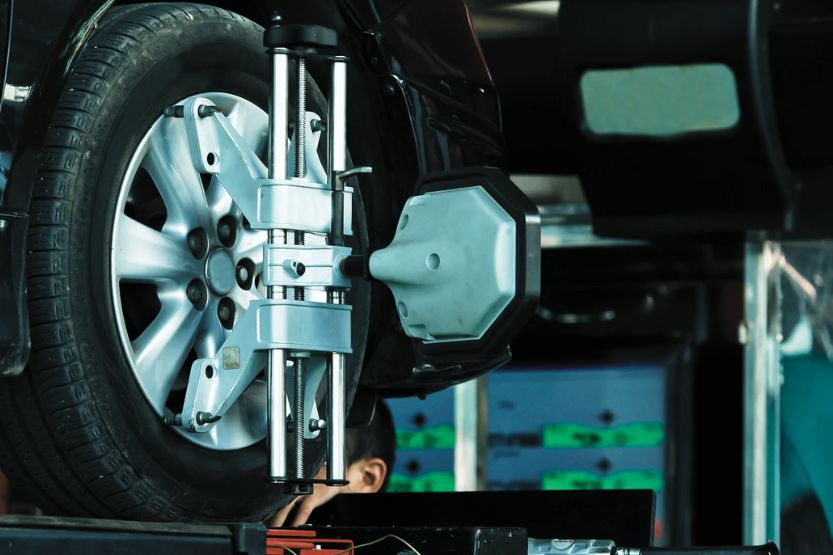
You don’t need to have your wheels aligned after rotating your tires. Does tire rotation affect alignment? No, tire rotation does not usually affect the alignment of tires.
How often should you get an alignment? You have to have your wheels aligned at the same time you are rotating your tires. This could save you time and money.
Get a wheel alignment if your front wheels go to the right or left without you turning the steering wheel. It is unsafe to let your wheels turn to the left or the right by themselves.
Do you need an alignment after replacing the tires? Wheel alignment is a must after getting new tires. A wheel alignment will ensure that all your four tires will be angled correctly with each other.
If your new tires don’t align, your ride will be rough, and your tire wear will be faster than usual, cutting short their lifespan.
How to Rotate Directional Tires?
Some tires are classified as directional tires. These tires have arrows on their sidewalls. They should be correctly mounted with the arrows pointing toward the front of the vehicle. They also need to be rotated as regular tires.
If they are incorrectly mounted backward, they won’t provide the resistance to hydroplaning needed when running on wet and rainy roads. You won’t also get the other benefits their treads are designed to give.
You can’t rotate directional tires using the usual rotation methods of X-pattern, rearward cross, or forward cross. However, you can still rotate them, and you are advised to extend their life span if you want to.
The directional tire rotation pattern is very simple. You only need to rotate the front tires to the rear. The tires should never switch sides. If you move a directional tire in the opposite direction, it will spin in the wrong direction when running.
So, it will not work as it is designed to work. Your car will not be safe to handle if your tires are not spinning in the correct direction. This is not even considering that the tire wear will be much faster.
The directional tires have directional tread patterns. These patterns ensure the tire treads get full and efficient road traction.
However, if you incorrectly mount directional tires, their tread patterns will not come in contact with the road surface. So, they won’t be able to work as they are designed to.
Typical directional tire treads have angled or “V” shape grooves. These grooves are meant to move water from the center of the tire to the edges. So, incorrectly rotating the tire will have these “V” grooves moving water to the center of the tire instead of away from it.
In Closing
Rotating your tires is a critical task that you should not neglect. It will ensure that your tire treads will wear out evenly and extend their life spans. Aside from that, tire rotation may be required to keep your tires under warranty.
Your tire treads will wear out unevenly if you don’t rotate your tires. Their uneven tread depths will give you an unsafe and rough drive.
You will also have poor traction when driving in snow and ice. Your tires will also hydroplane when running on wet roads. All of these you can avoid if you will rotate your tires periodically.

![Cost of Tire Rotation [Average Rotation Cost] Cost of Tire Rotation](https://roadsumo.com/wp-content/uploads/2021/10/cost-of-tire-rotation-150x150.jpg)
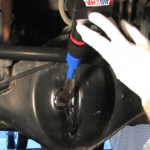
![Discount Tire Tire Rotation Cost [How Much Is It?] how much does a tire rotation cost at discount tire](https://roadsumo.com/wp-content/uploads/2022/04/how-much-does-a-tire-rotation-cost-at-Discount-Tire-150x150.jpg)
![Walmart Tire Rotation Cost [What Does Walmart Charge?] walmart tire rotation cost](https://roadsumo.com/wp-content/uploads/2021/07/walmart-tire-rotation-cost-150x150.jpg)



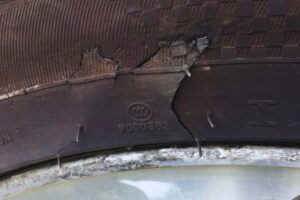
![Read more about the article ASA Wheels Review [Are They Good?]](https://roadsumo.com/wp-content/uploads/2022/01/ASA-wheels-review-300x200.jpg)